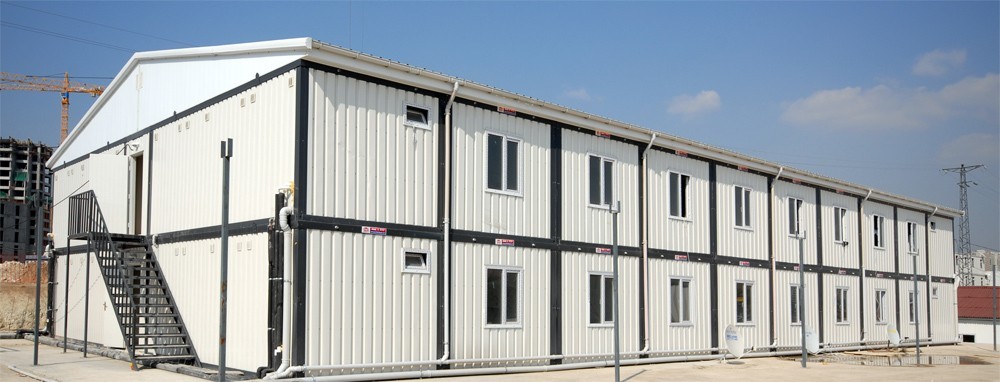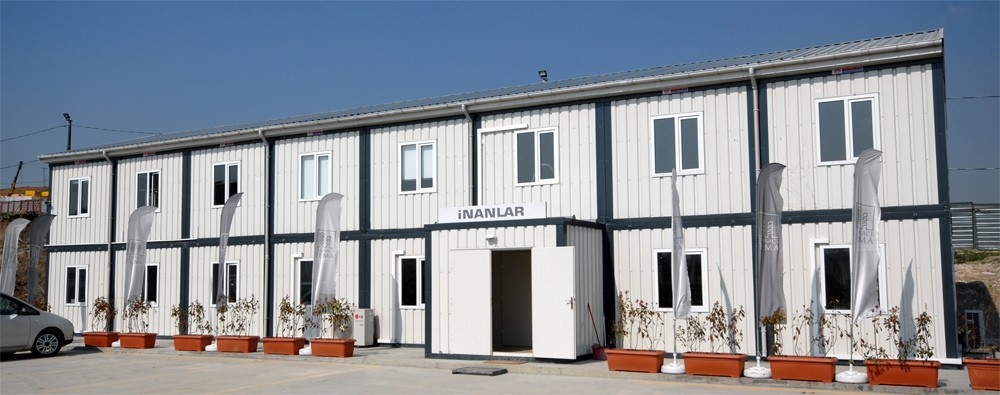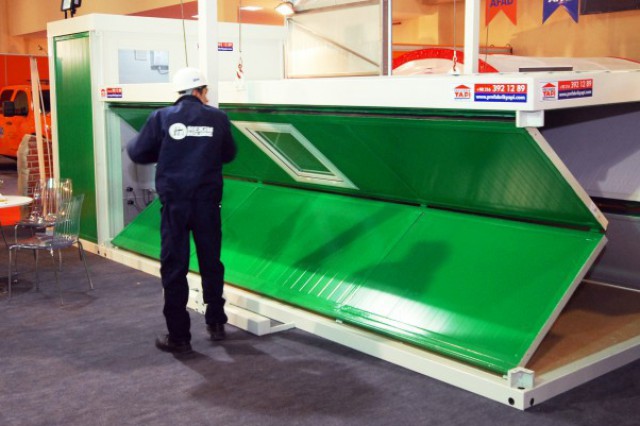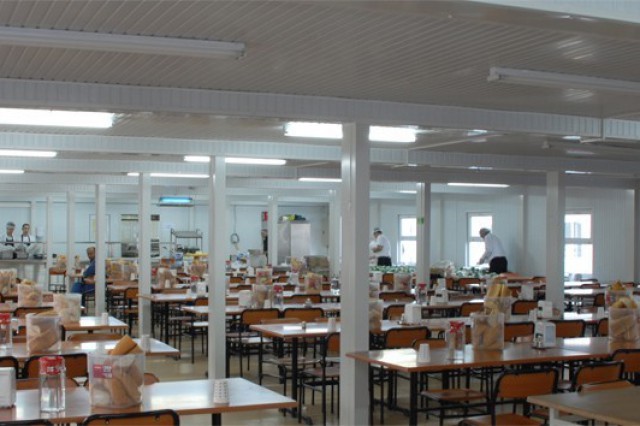The Most Functional Container Types for Every Construction Site
Site containers are essential for ensuring smooth operations on construction sites. Designed to accommodatea variety of purposes—from offices and dormitories to WC-shower units—they offer practical, adaptable solutions tailored on site requirements. These modular systems are durable, quick to install, and easy to relocate, making them ideal for dynamic work environments.
Today, construction containers have evolved beyond simple storage units. With modern design improvements and better materials, they now serve as vital infrastructure. As a result, construction companies increasingly rely on these solutions to streamline their processes, enhance worker comfort, and maintain a safer, more organised job site.
Why Are Containers Preferred on Construction Sites?
On construction sites, timing and adaptability are crucial. Modular containers provide a fast and practical way to set up operational units without the delays of traditional construction. They are delivered as ready-to-use or semi-finished structures and can be installed in just a few hours. This speed allows projects to stay on schedule and reduces downtime caused by logistical delays.
Additionally, container types are favored because they are cost-effective, reusable, and environmentally friendly. They can be customized according to specific project requirements, offering everything from insulated walls for temperature regulation and integrated electrical and plumbing systems. Their flexibility and long-term usability make them a smart investment for both short and long-term projects.
Advantages of Quick Installation and Portability
A major advantage of using construction containers is the ease and speed of installation. These structures can be transported to any location and set up in minimal time. Their portability also allows for repositioning during different phases of the project. This means that as the construction site evolves, the layout of support units can adapt accordingly without additional cost or construction delays.
Most Preferred Containers on Construction Sites
The modern construction site operates like a small city, requiring everything from administration and housing to sanitation and dining. That’s why the choice of container types is crucial. The right setup not only supports workforce productivity but also ensures compliance with safety and comfort standards. Below are the most commonly used site containers, each serving a unique function to fulfill daily site demands.
These units can either be used individually or combined into integrated systems, depending on the scale and duration of the project. With options that include air-conditioning, plumbing, and electrical installations, these containers offer a high level of customizability and functionality.

Dormitory Container
Dormitory containers provide secure, climate-controlled sleeping quarters for workers staying on-site. They are especially useful in remote or large-scale projects where daily commuting is not feasible. These units are designed to be comfortable and hygienic, often including beds, lockers, and ventilation systems.

Office Container
Used as on-site administrative hubs, office containers house the planning and coordination teams. These containers are equipped with desks, internet connections, and lighting systems to ensure smooth project oversight. Their sound insulation and ergonomic design make them conducive for focused work.

Dining Hall Container
Dining hall containers serve as communal areas where workers can take breaks and eat meals. Designed for efficiency, they include seating, tables, and sometimes kitchen equipment. Their ventilation systems help maintain a comfortable environment, even during peak hours.

WC-Shower Container
These containers are critical for maintaining hygiene standards on the job site. WC-shower containers come with pre-installed sanitary fixtures such as sinks, toilets, and shower units. They are built using water-resistant and easy-to-clean materials to ensure long-term use.

Foldable Container
Foldable containers are ideal for projects requiring rapid setup and frequent relocation. Their design allows them to be folded flat for easier transport, saving both time and space. Despite their portability, they offer sturdy and reliable performance once installed.
Nested Container
Nested containers are space-saving units that can be stacked or joined together to create larger structures. These are frequently used in large-scale operations that require multiple rooms or levels. Their modular design allows for creative, flexible configurations.
Container Solutions for Different Needs
Every construction project has its own unique demands, and container types can be customized to meet those requirements. Whether it’s a long-term infrastructure project or a short-term urban renovation, the adaptability of modular containers ensures practical solutions for various use cases. By mixing and matching units such as offices, dormitories, and sanitary facilities, a full-service layout can be achieved.
This flexibility not only meets physical space requirements but also enhances employee satisfaction. Modular solutions offer scalable design, making it easy to expand or reduce the container setup based on project phase or workforce size. As a result, project managers can plan site infrastructure with better efficiency and control.
Multi-Storey Systems for Long-Term Construction Sites
For long-term construction sites, multi-storey container systems provide optimal space usage without expanding the footprint. These vertical layouts can house multiple functions—offices on one floor and dormitories on another—while maintaining accessibility and safety standards.
Quick Installation Models for Temporary Sites
Temporary sites benefit greatly from lightweight, fast-installation models. These containers are pre-equipped and easy to deploy, making them ideal for emergency projects or short-duration urban developments. They require minimal ground preparation and can be operational within hours.
Key Factors to Consider When Choosing Containers for Construction Sites
Choosing the right site containers involves careful consideration of several factors to ensure operational efficiency, safety, and comfort. First, the intended use of the container—whether for accommodation, administration, or hygiene—should determine the layout and internal features. Insulation, lighting, and climate control are essential for containers used as offices or living quarters.
Structural durability is another important aspect. The container should withstand harsh weather and frequent relocations. Additionally, compliance with local safety and building regulations must be ensured. Features such as fire-resistant materials, emergency exits, and non-slip flooring can significantly enhance workplace safety and staff well-being.
How Do Containers Contribute to Construction Site Efficiency?
By streamlining site operations, construction containers contribute directly to project efficiency. Their modular design simplifies the process of setting up administrative and operational units, allowing construction work to start sooner. On-site coordination becomes easier when all essential services are within close reach, minimizing downtime caused by logistical bottlenecks.
Moreover, these containers improve workforce comfort, which leads to higher productivity. Facilities like dormitories and dining halls ensure workers are well-rested and nourished, while office units support effective project management. The scalability and reusability of these containers make them a long-term asset for companies managing multiple projects.






